Southeastern U.S. Sites Planting Guide
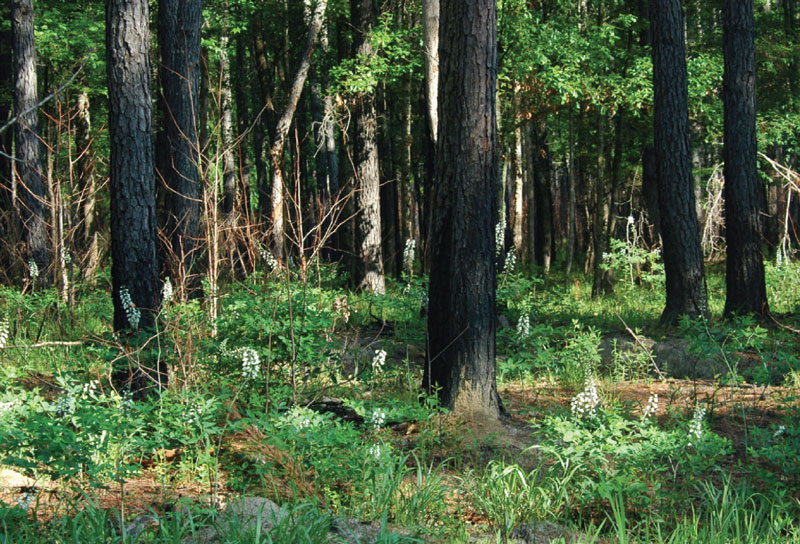
Read Full Document Southeastern U.S. sites include regions within Alabama, the Carolinas, southern Virginia, Georgia, Mississippi, and Florida. Sites in the Southeast typically have sandy or clay-rich soils subject to drought. These characteristics necessitate careful attention to timing and preparation. Examples: Coastal Plain soils, Piedmont, and sandy soils. Please also reference the Uplands, Meadows & Pollinators […]
Stormwater Management Sites Planting Guide
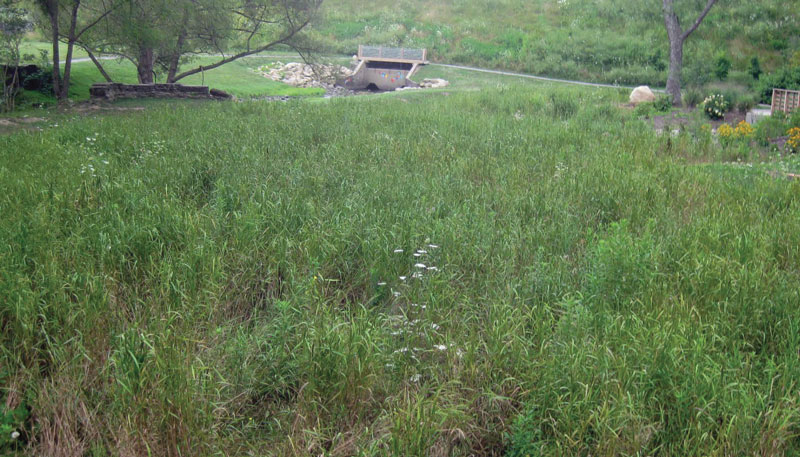
Read Full Document Stormwater management facility sites are generally a best management practice integrated throughout land development projects, which provide for a volume of water storage, infiltration and evaporation that mimics the natural rate of runoff or groundwater recharge. Mature rain garden at the Crawford County Fairgrounds in Meadville, Pennsylvania using ERNMX-180 Rain Garden Mix. […]
Tools & Seeding Methods
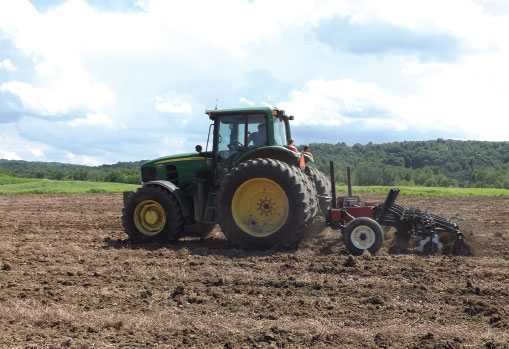
Read Full Document Seeding Methods Drill Seeding Hand Seeding Cultipacking Hydroseeding Broadcast Seeding Straw Mulching Drill Seeding Drill seeding is a mechanical means of creating furrows (openings) in the soil and metering seed in at a uniform rate. A drill seeder is practical for seeding multiple acres in larger areas. Conventional drills can work in […]
Uplands & Meadows Sites Planting Guide
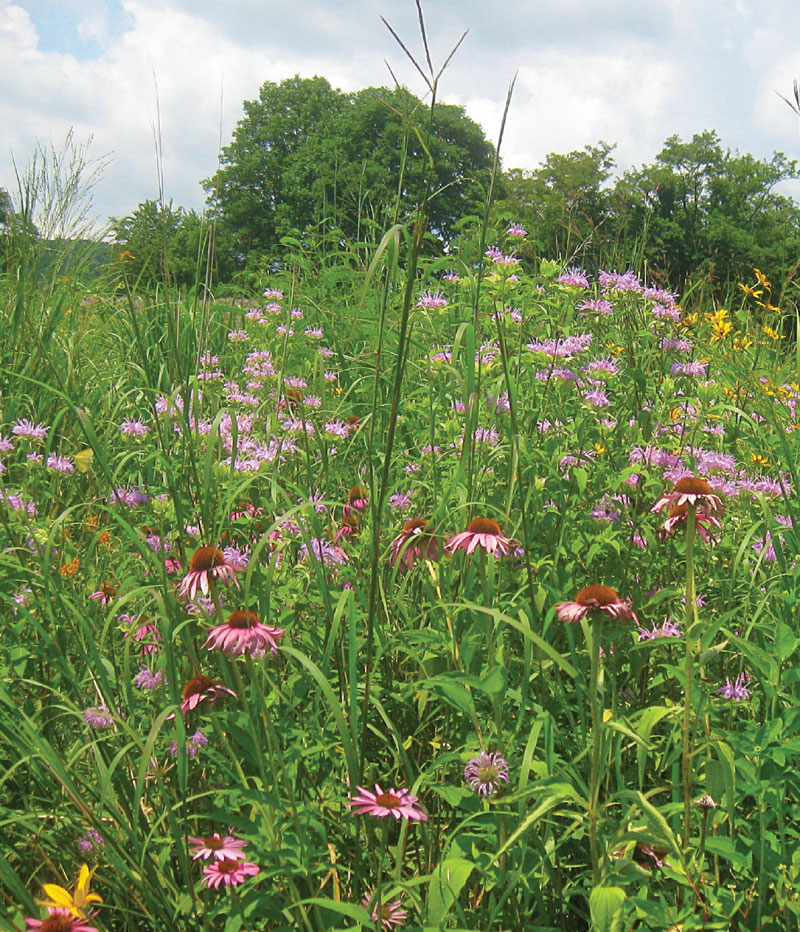
Read Full Document ERNMX-105 Mesic to Dry Native Pollinator Upland sites are characterized as being dry most of the year. Soils on these sites are well-drained and may consist of sandy clay, sandy loam, loam, or shale. The topsoil layer may be thin and subject to drought. If yours is a sandy site, refer to […]
Wet Meadow & Wetland Sites Planting Guide
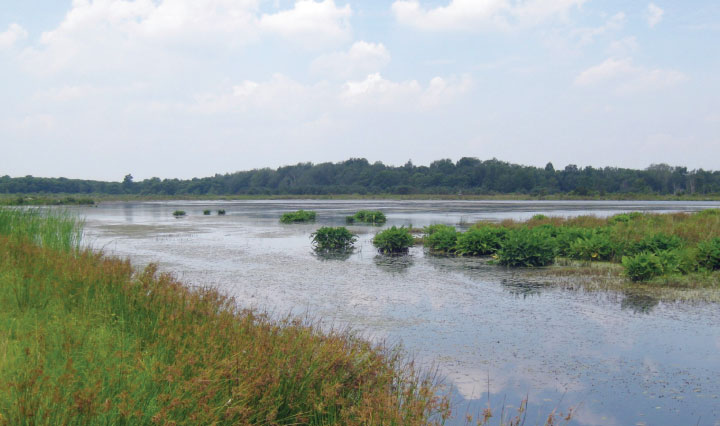
Read Full Document Pontederia cordata (Pickerelweed) is a key native wetland plant that provides food for aquatic wildlife. Wet meadow & wetland sites have soils made up of clay and high organic matter with high water tables or impervious layers that prevent drainage. These sites are wet most of the time. Wet Meadow examples: Roadside ditches, […]
Wildlife Habitat & Food Plot Sites Planting Guide
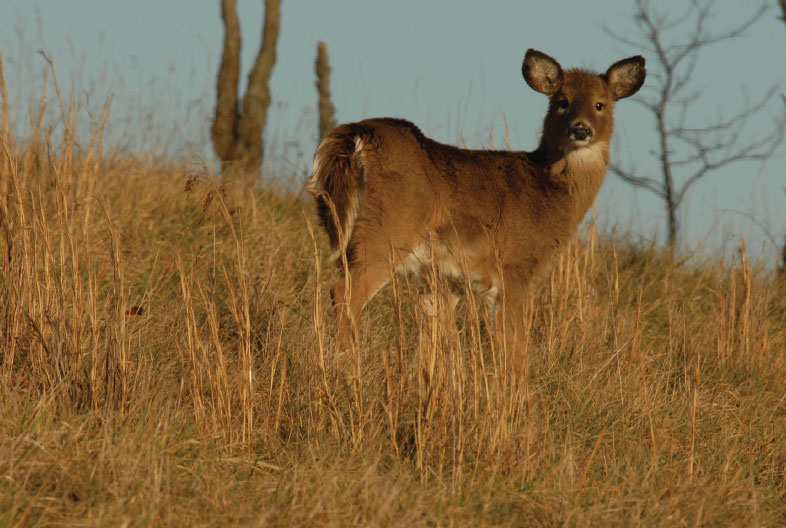
Read Full Document Two Male Wild Turkeys with Full Tail Feathers and One Female Wild Turkey in Springtime Wildlife food plot sites are generally small clearings in wooded areas or farmland. While planting dates differ between annual and perennial mixes, most are designed for spring or fall planting. Examples: Woodland openings, remote areas of large […]
